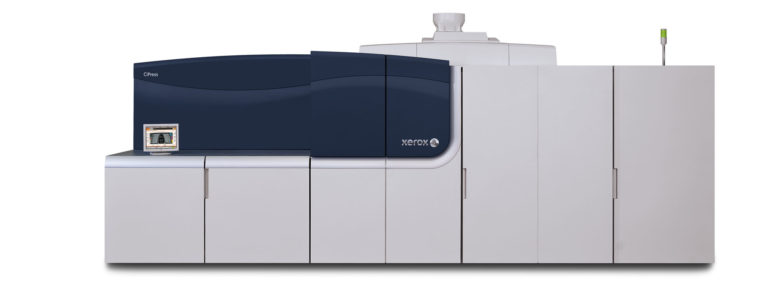Written by:
Howard Fenton
Senior Technology Consultant
NAPL
Three things stood out for me at Graph Expo. First the main issue was the ongoing challenge of the economy, the resulting decline in sales as well as the squeeze in the profitability of traditional services. Second you could not walk for 10 minutes in any direction on the floor without overhearing a presentation on the need to build new services with higher value such as marketing services. And the third was the resilient subject of inkjet presses.
Inkjet presses are not new – they started to appear between 2006-2008. According to Lyra Market research, last year 284 inkjet presses shipped, 167 shipped in 2009 and 67 shipped in 2008. In all, that is more than 500 purchases in three years.
But that did not stop a group of industry analysts and consultants from leaving the Graph Expo show early to travel 4.5 hours to visit dmh Marketing Partners, the beta site for the Xerox “CiPress” inkjet press in Mt. Pleasant, IA. I rented a car and had the chance to talk to CTO Randy Seberg, who has been the champion of this project for 9 months.
I asked Randy why he chose this press. Randy said that a major motivation for dmh was the ability to use the same standard offset papers they used on their toner based printers and their Didde Press. The CiPress does not require paper with special coating (meaning it costs less) and allowed dmh to standardize their paper across their toner devices and offset presses. This was critical because dmh prints 1.3 billion pieces of mail a year.
Another reason dmh chose the CiPress was because they wanted a true partner relationship, in which changes and improvements could be made. Randy felt that Xerox was the only company that offered to collaborate on improvements to the product design.
In his opening remarks Randy talked about the color consistency of the press. Believe it or not he said it was more consistent across long runs than their offset presses. Xerox later explained that the image quality was the result of onboard monitors and auto correcting controls.
And, last but not least, Randy explained that another reason he chose the CiPress was because when the pages came off the machine they were not as wavy or curling as those from competitive products that use ovens to dry the ink. As a result, the printed sheets go through the bindery effortlessly. While standing in front of the machine, he pointed to samples sitting on the table behind us that had been printed the night before and even months earlier and said, “Look at how flat these sheets lie. They go through the bindery line better than when they come off offset presses.”
Even though most of us were grumpy and tired after the lengthy journey, we all agreed that it was an interesting and worthwhile trip.
Howard Fenton is a Senior Technology Consultant at NAPL. Howie advises commercial printers, in-plants, and manufacturers on workflow management, operations, digital services, and customer research. He is a paid contributor to this blog.
——-


